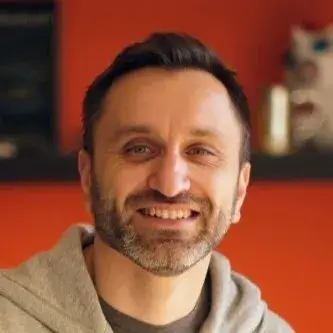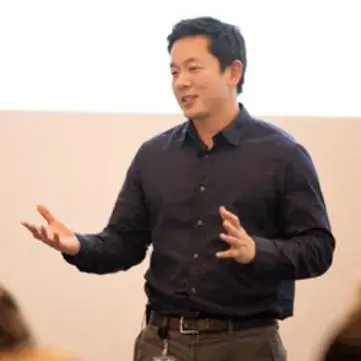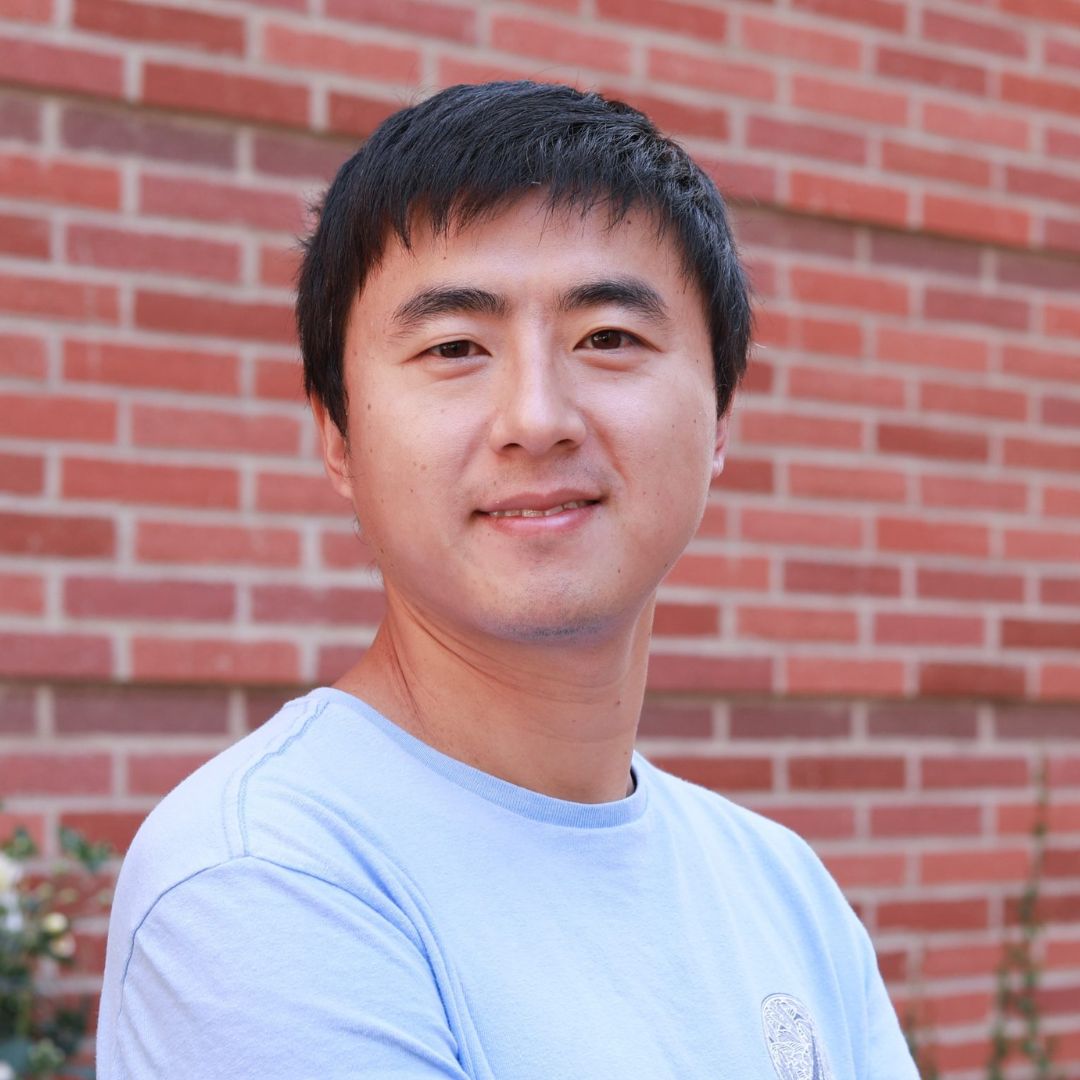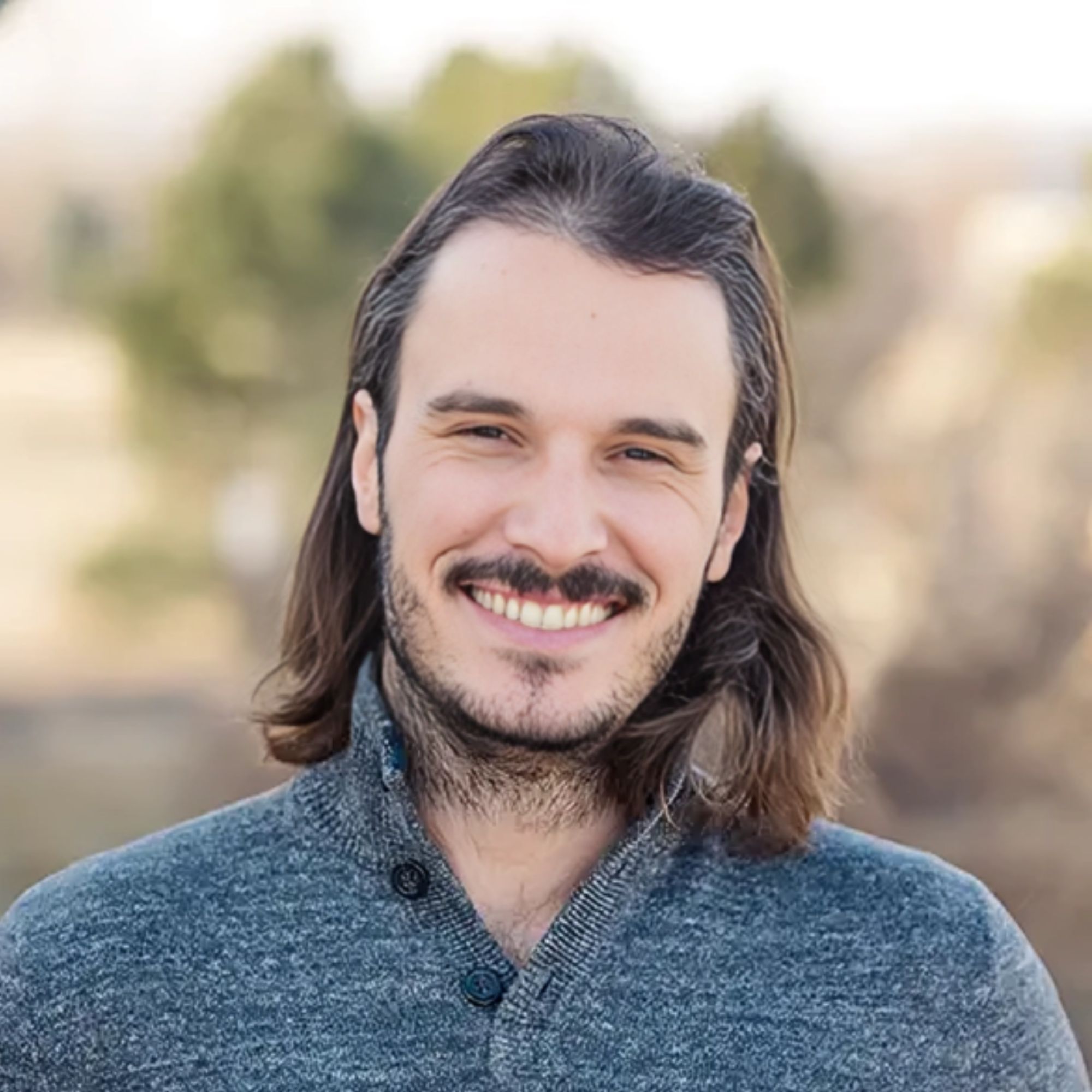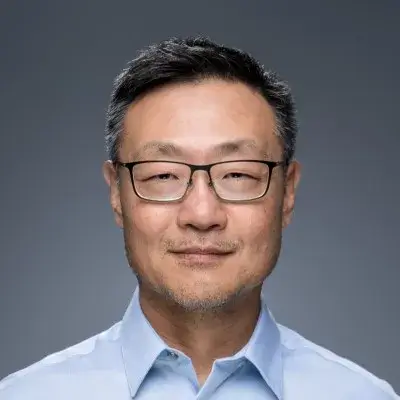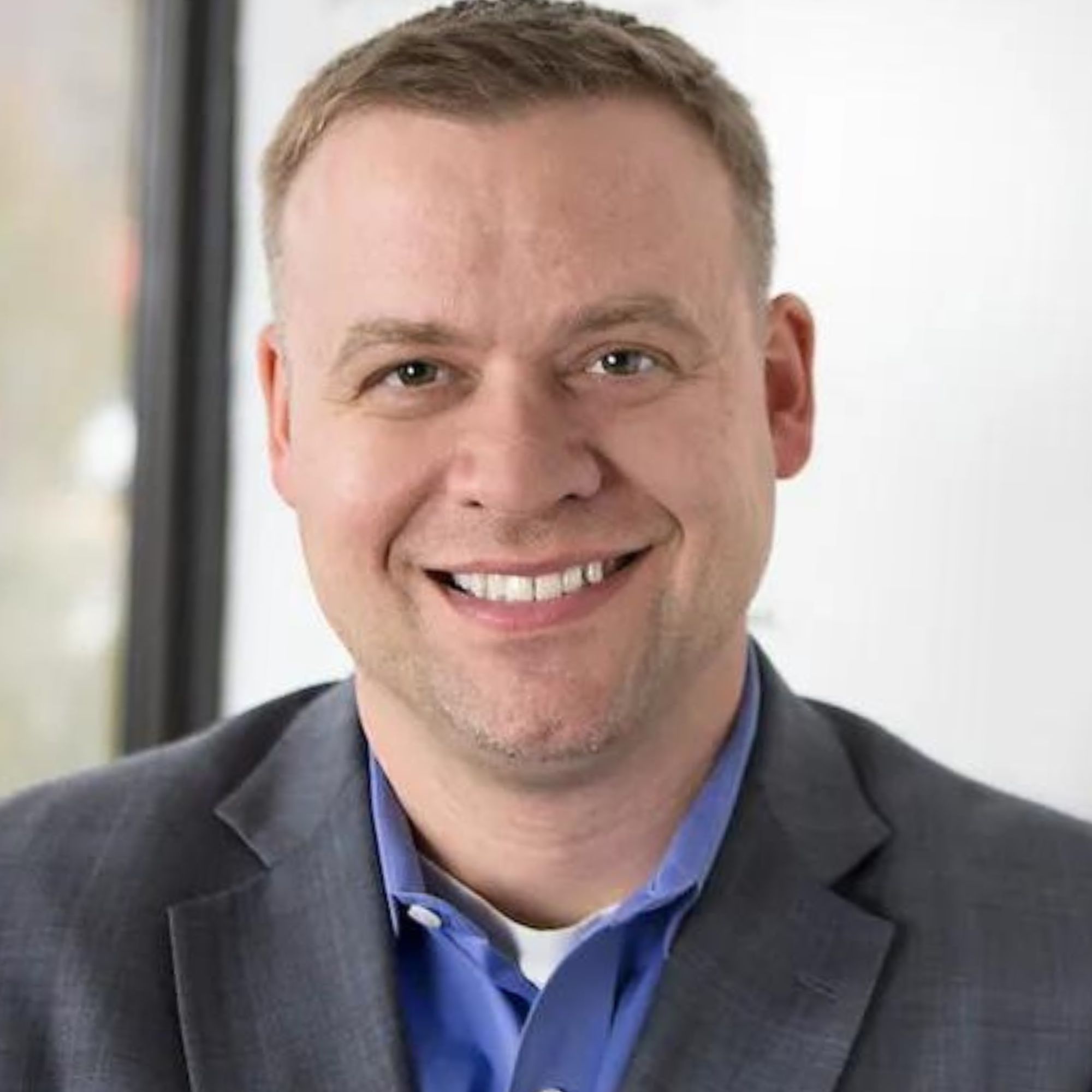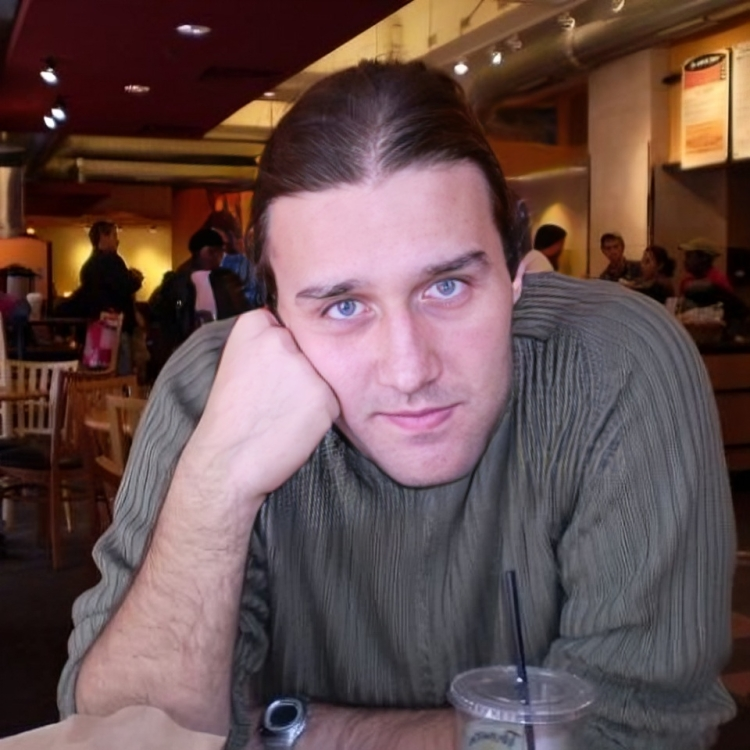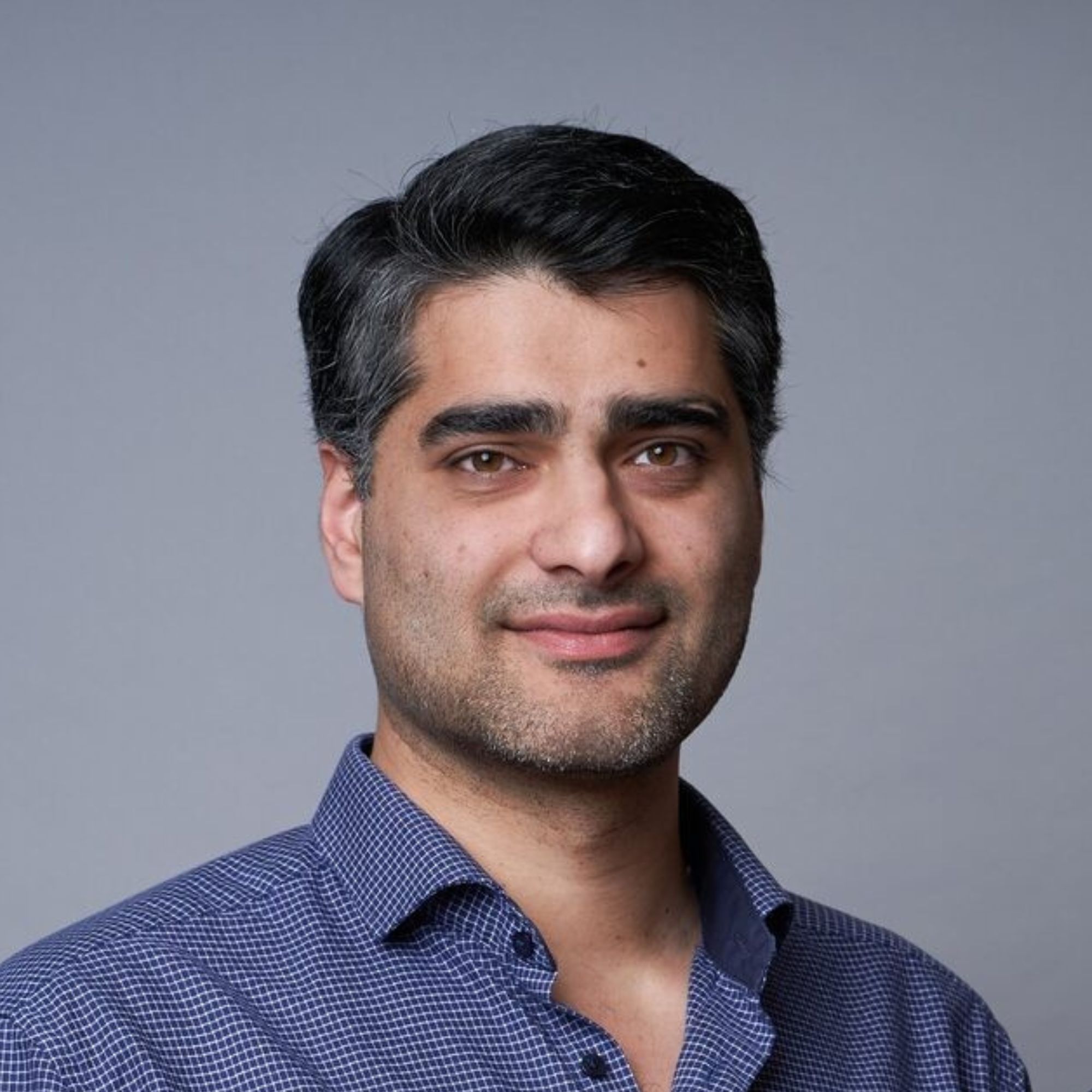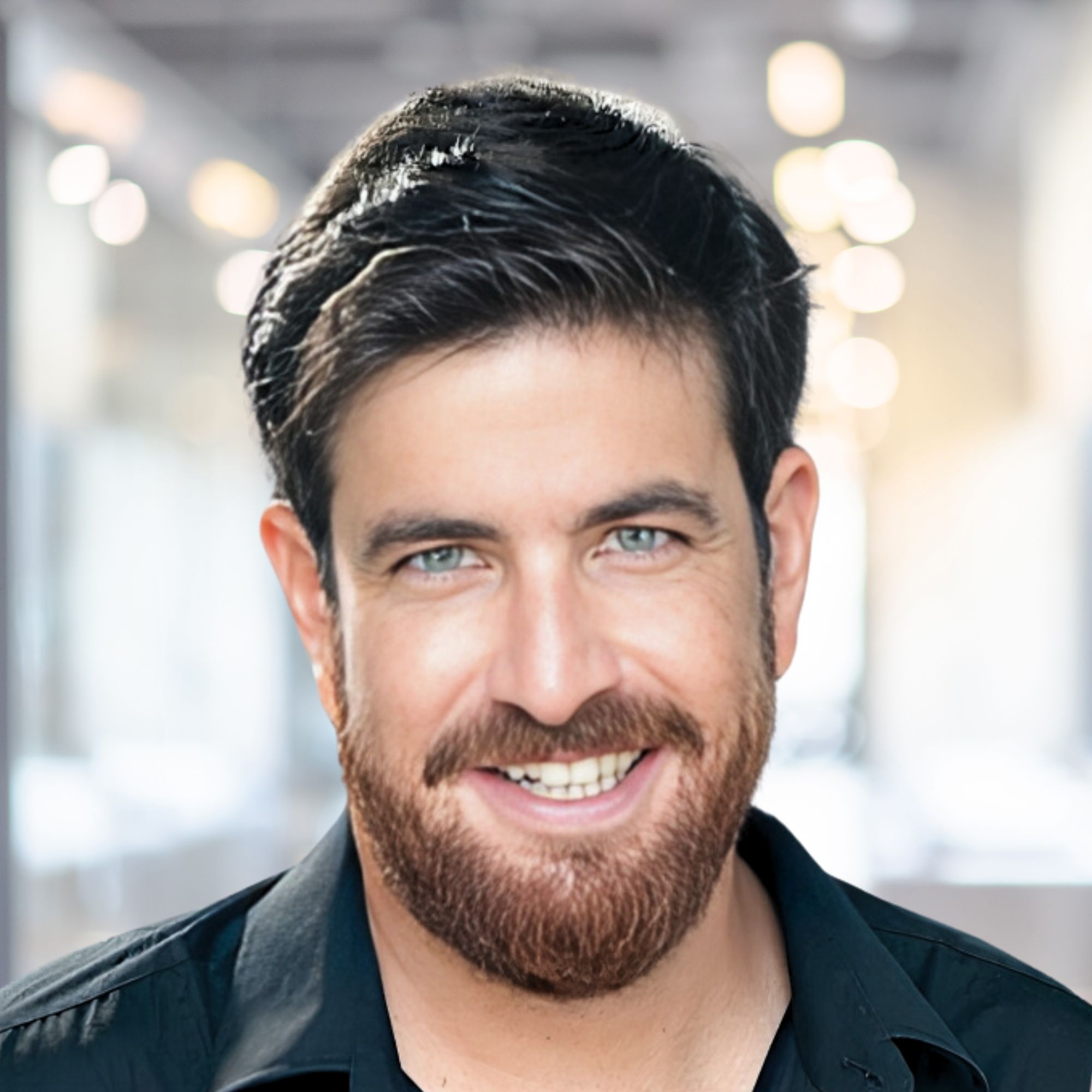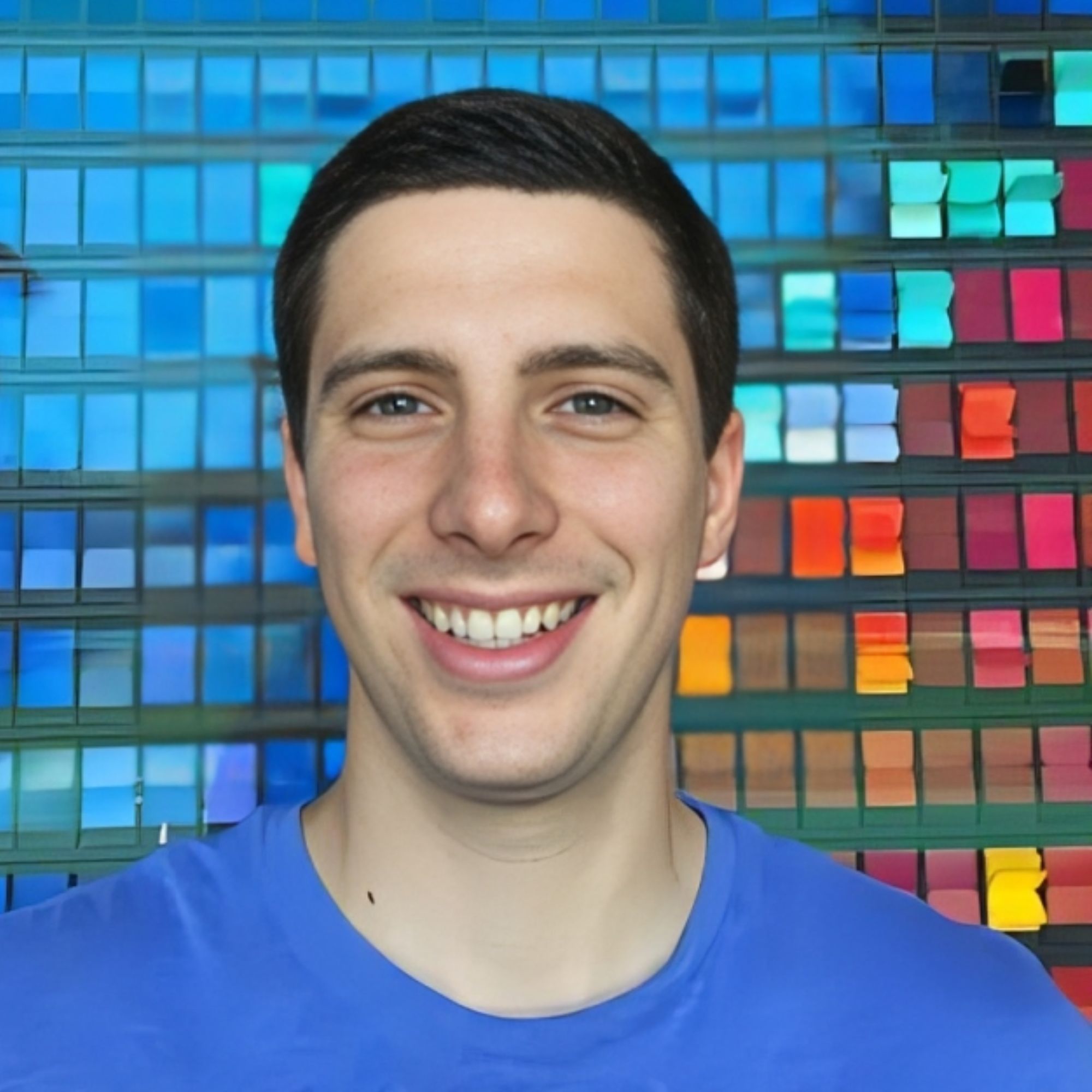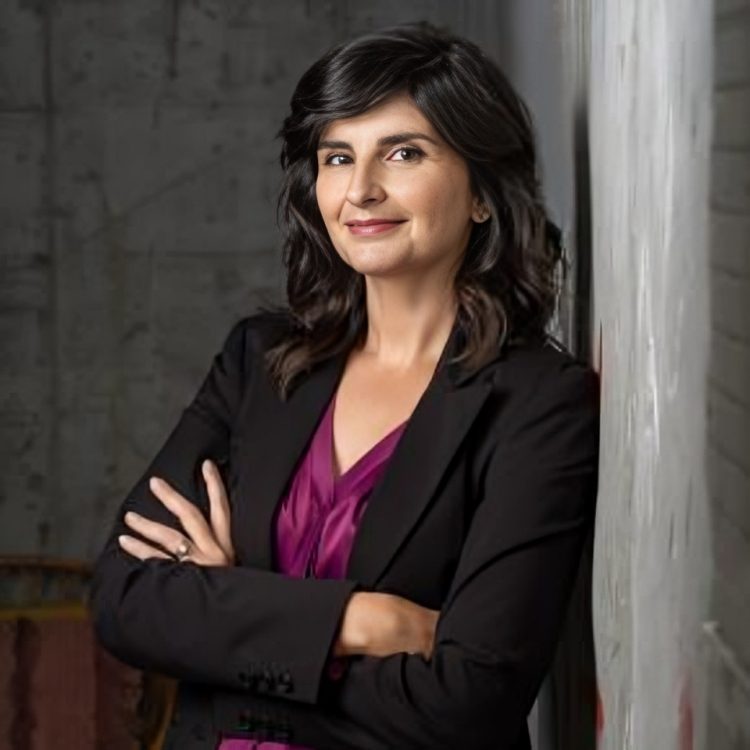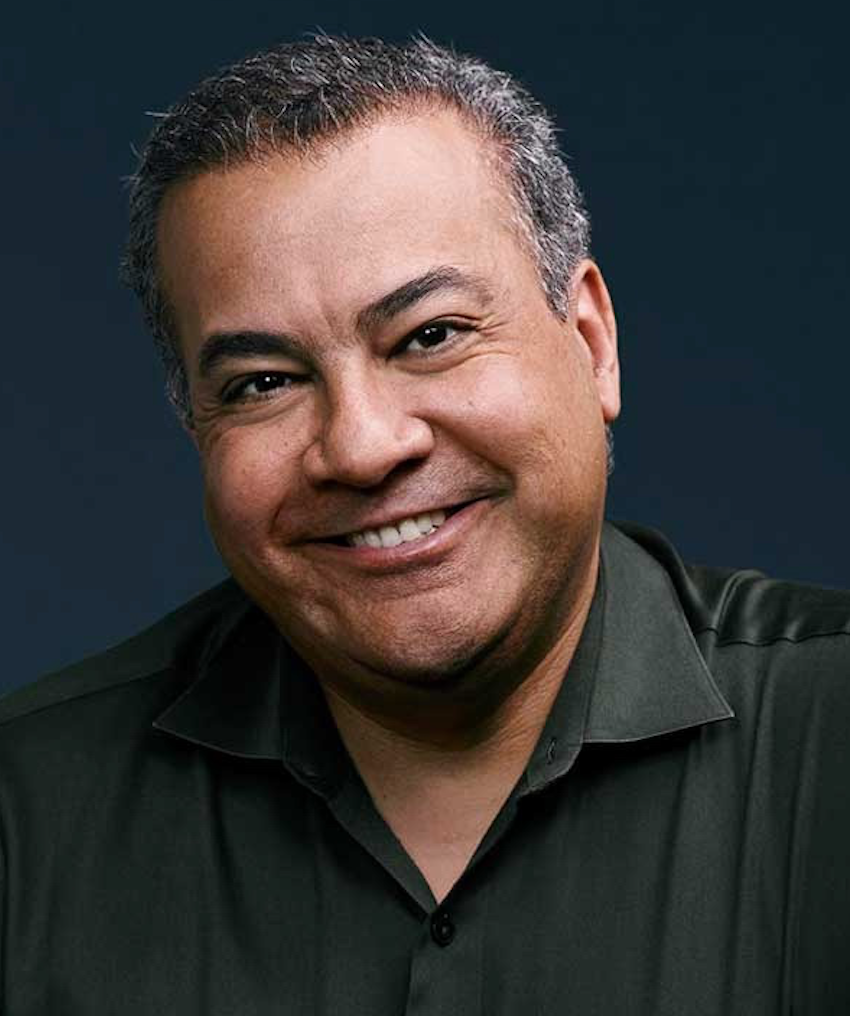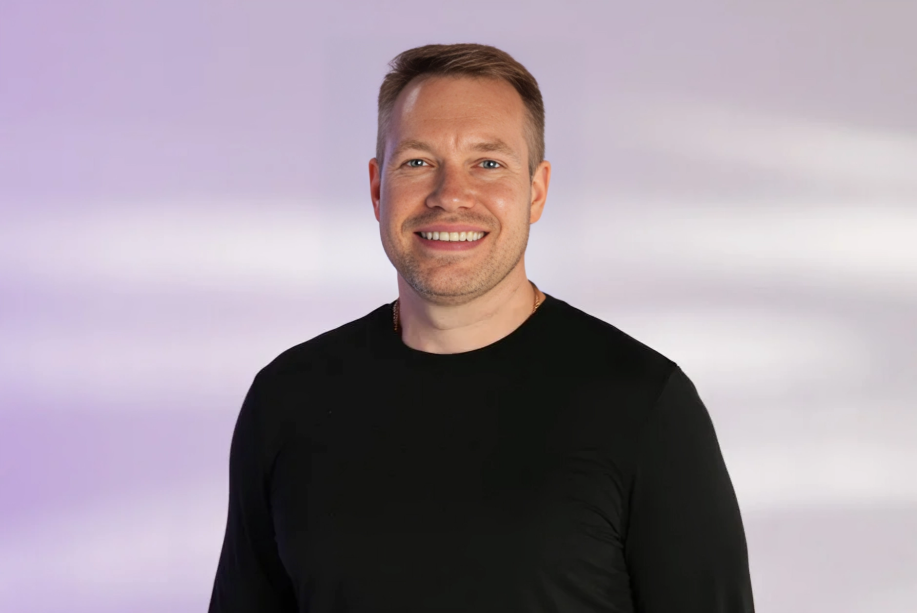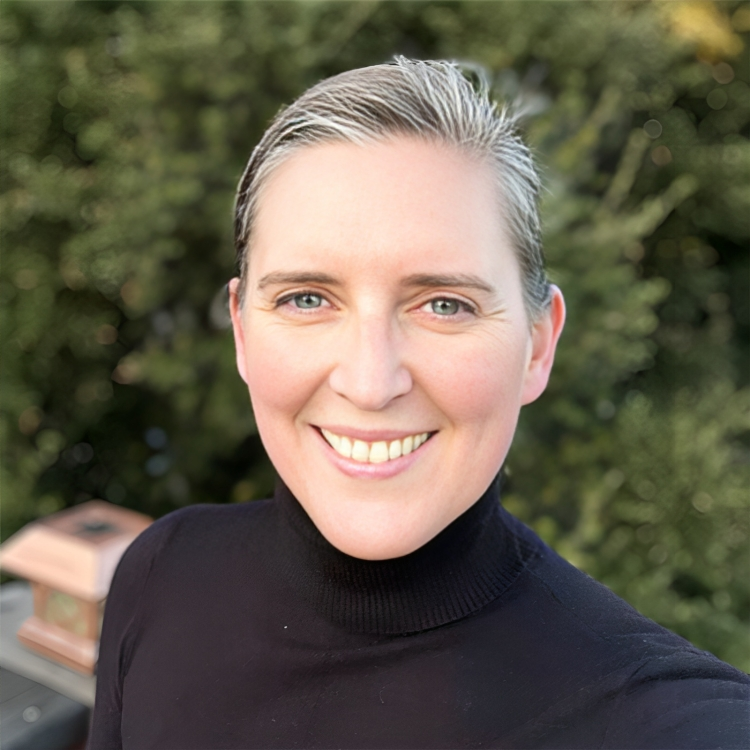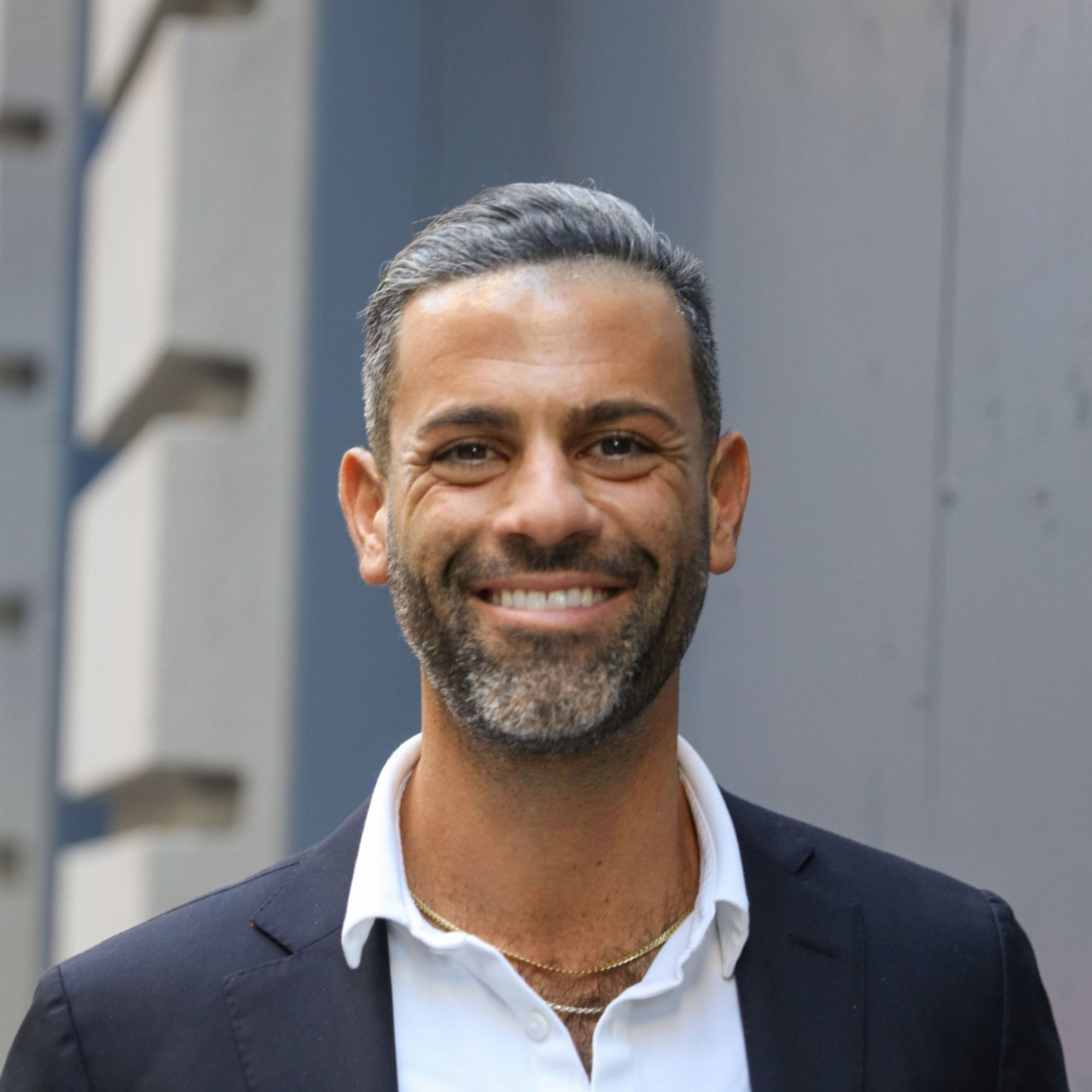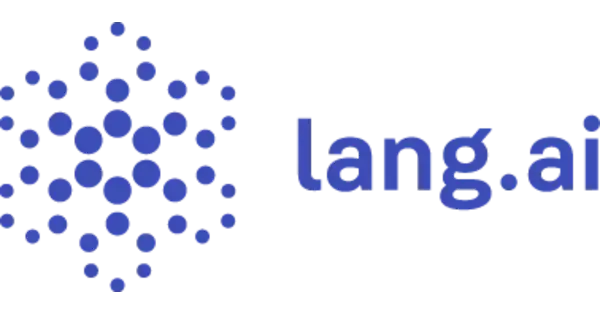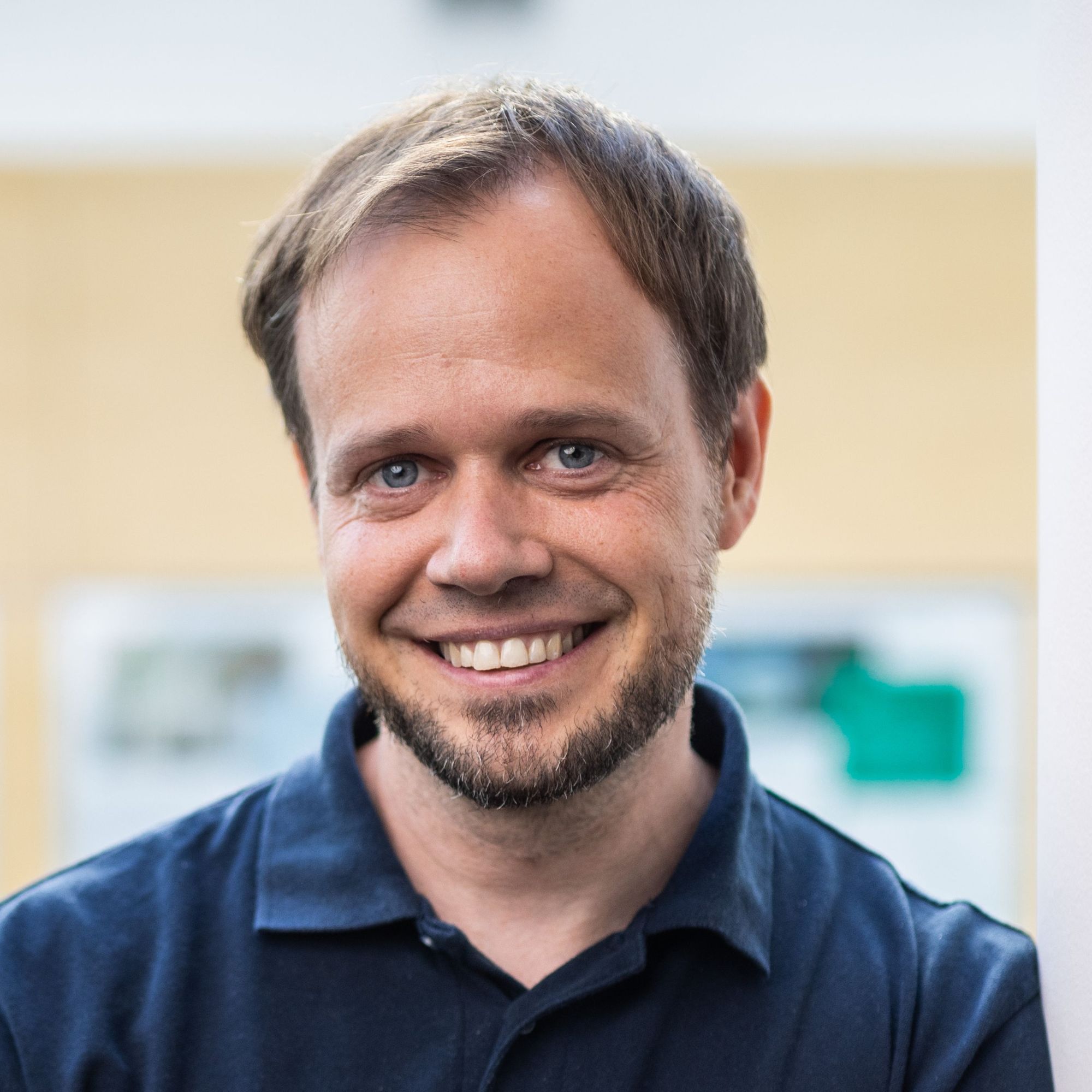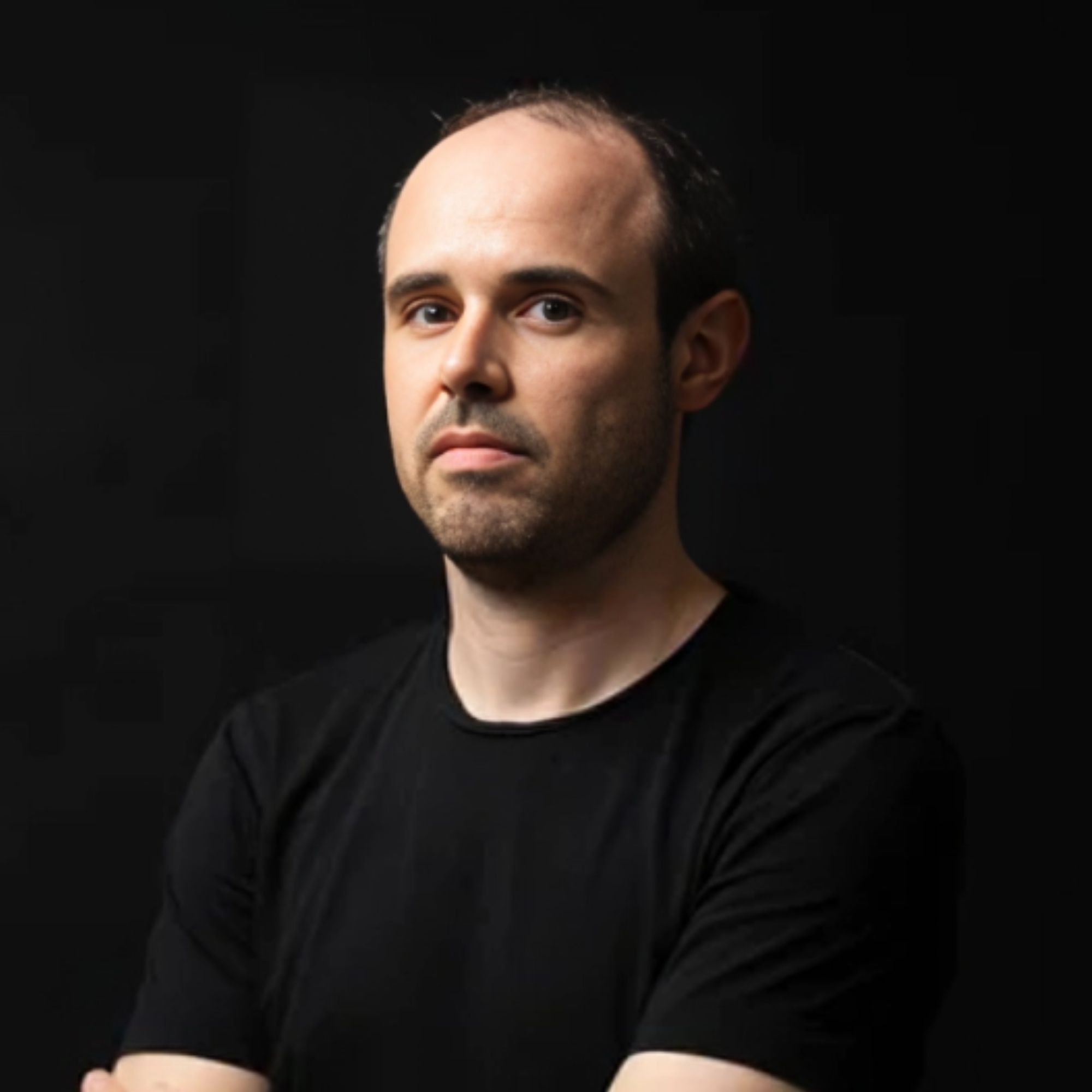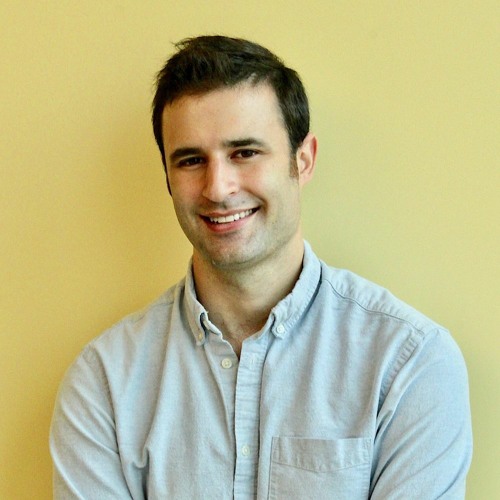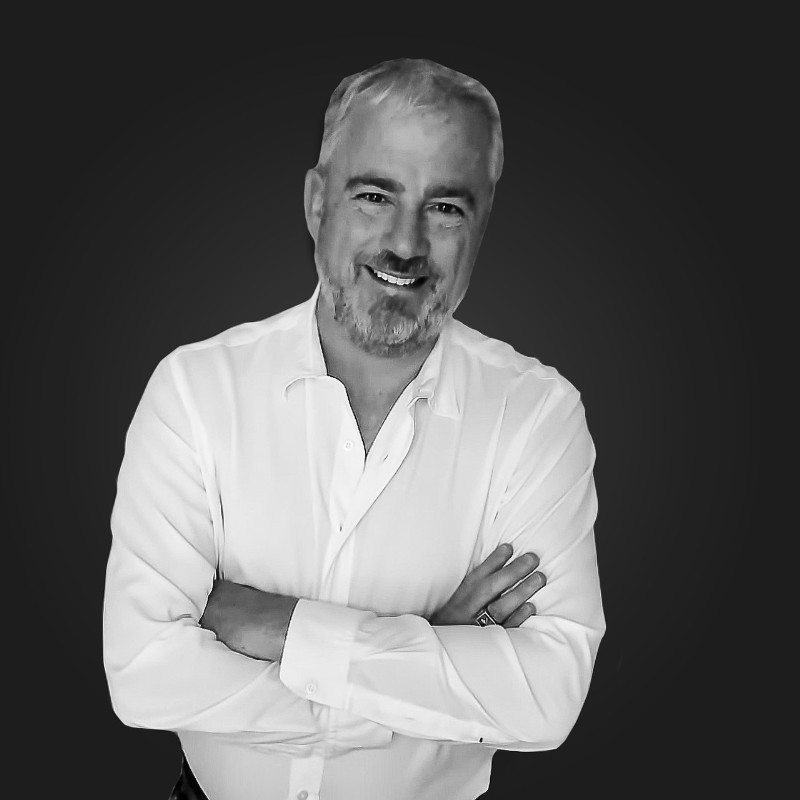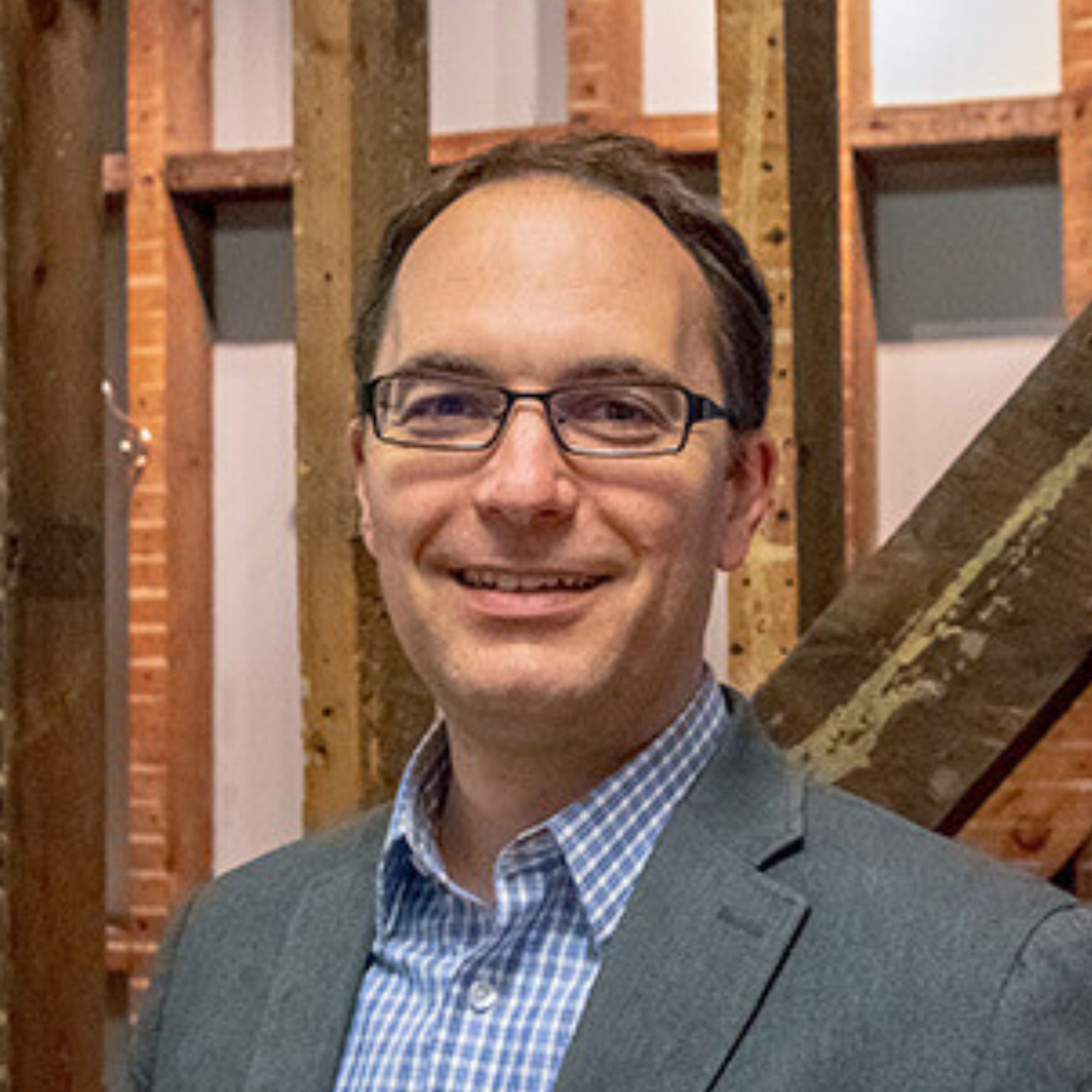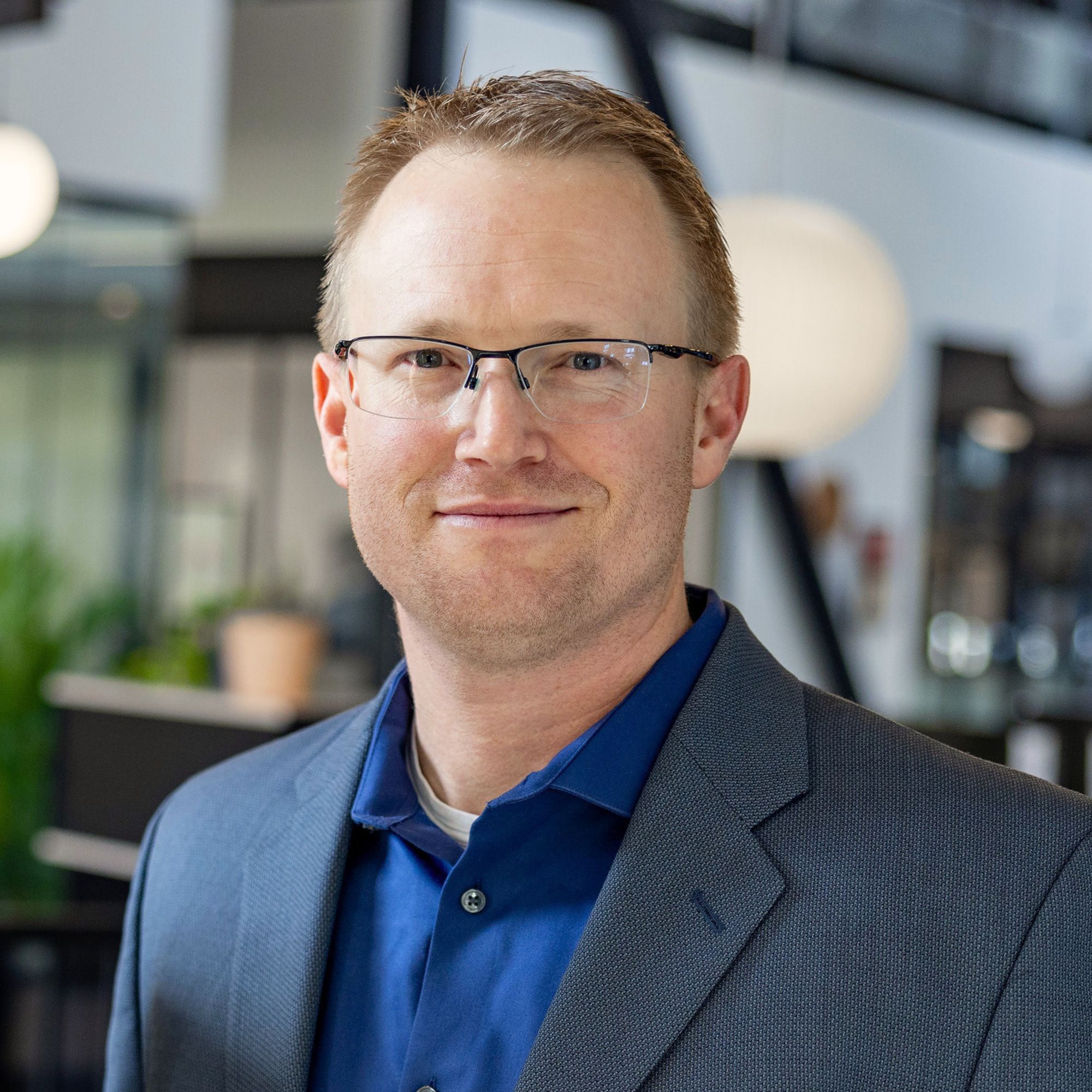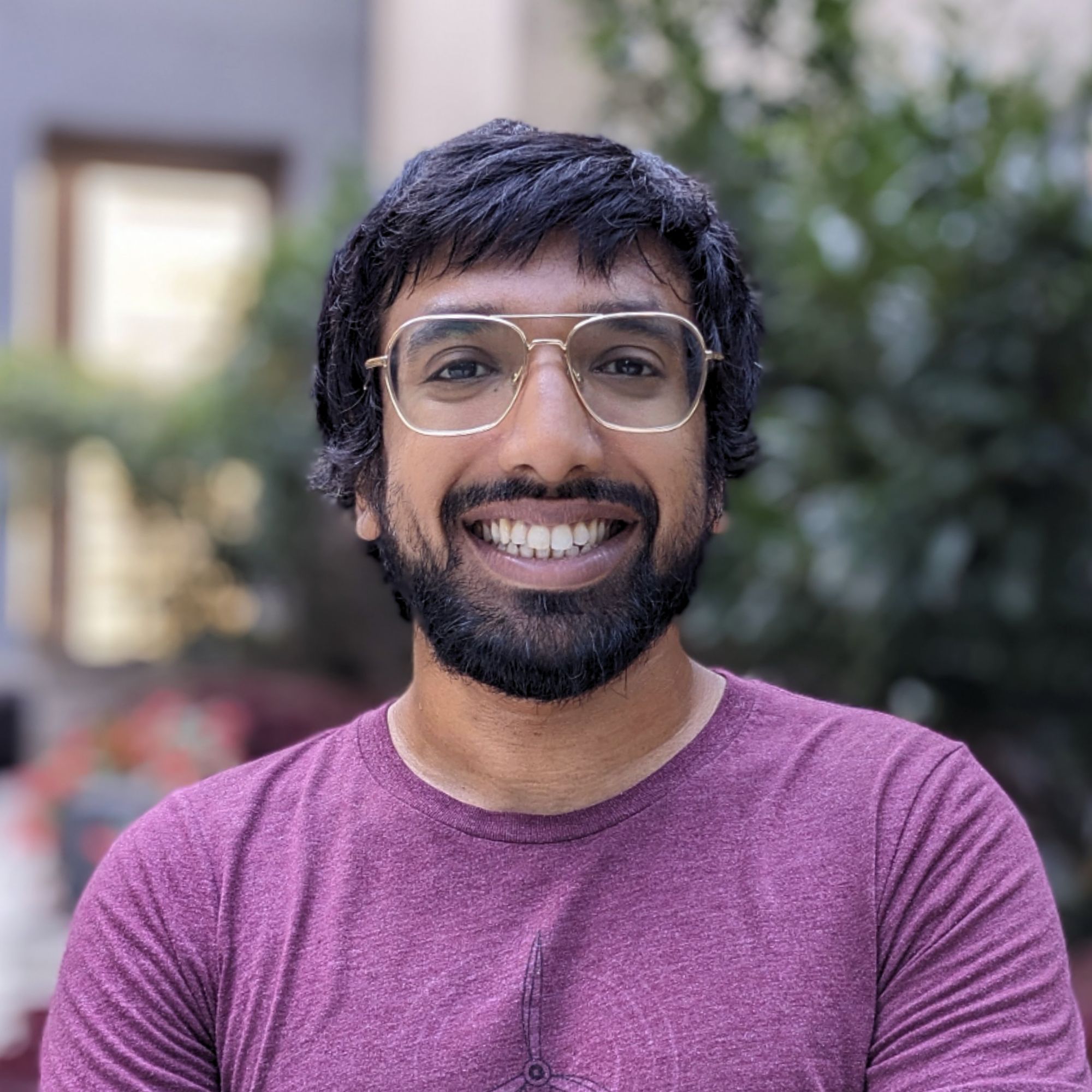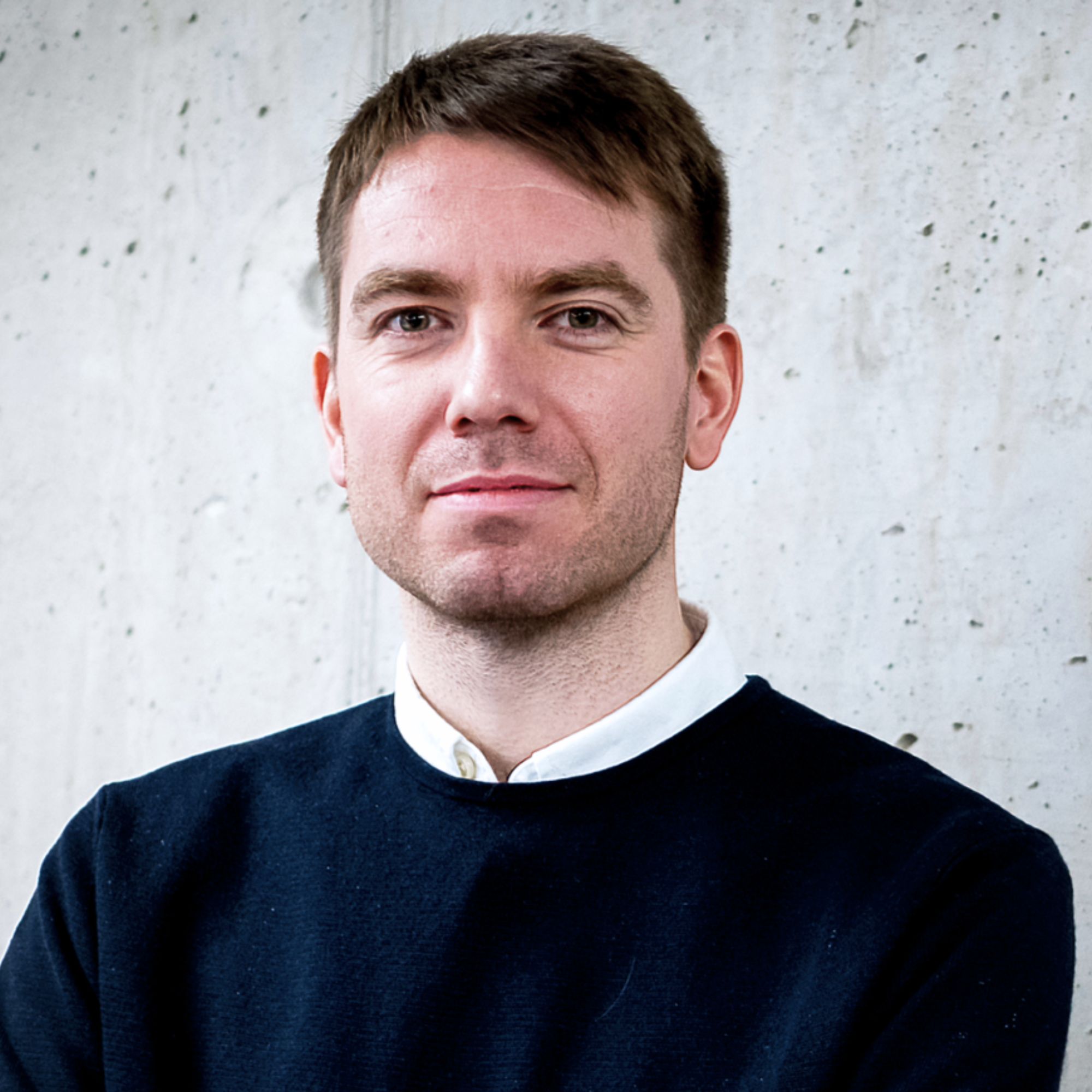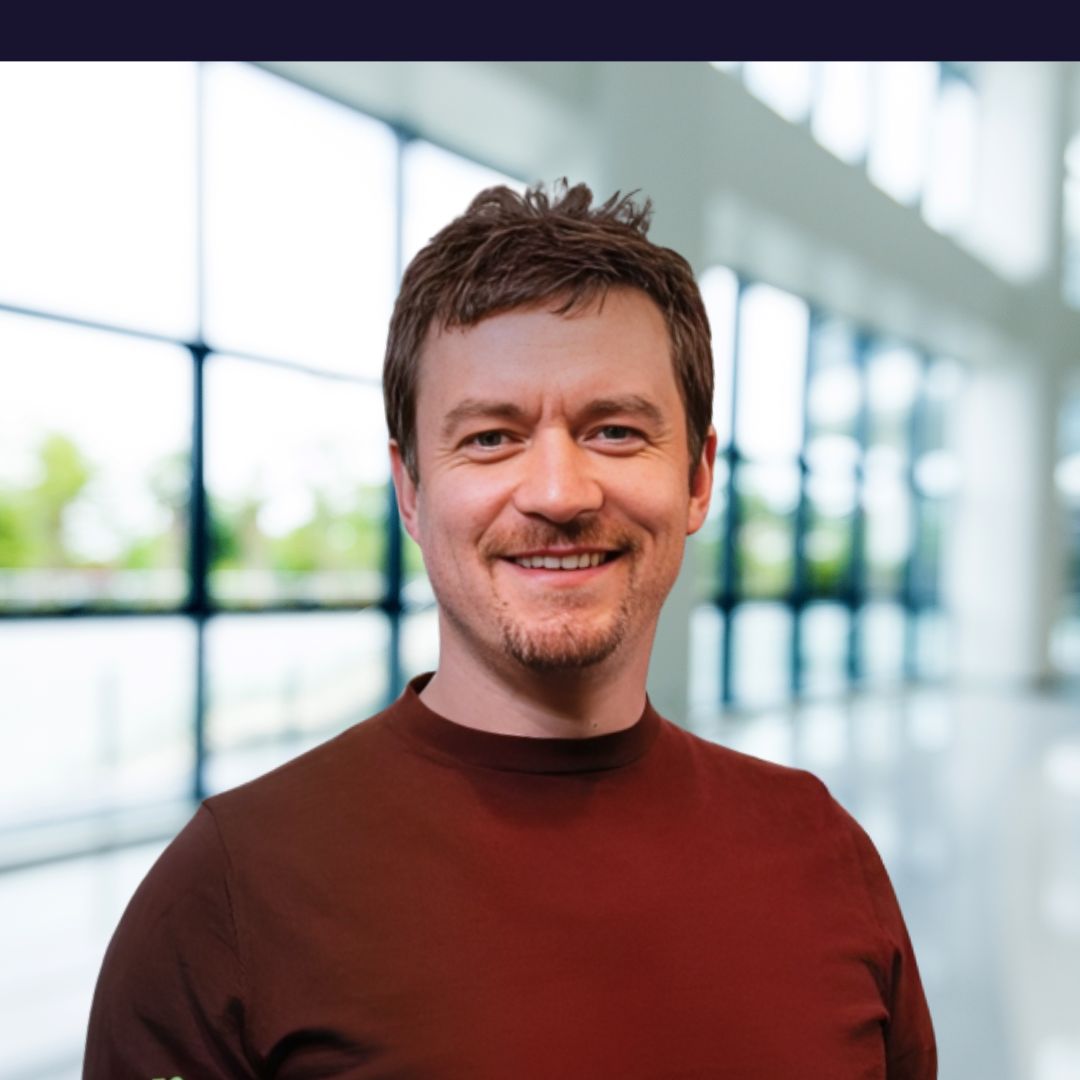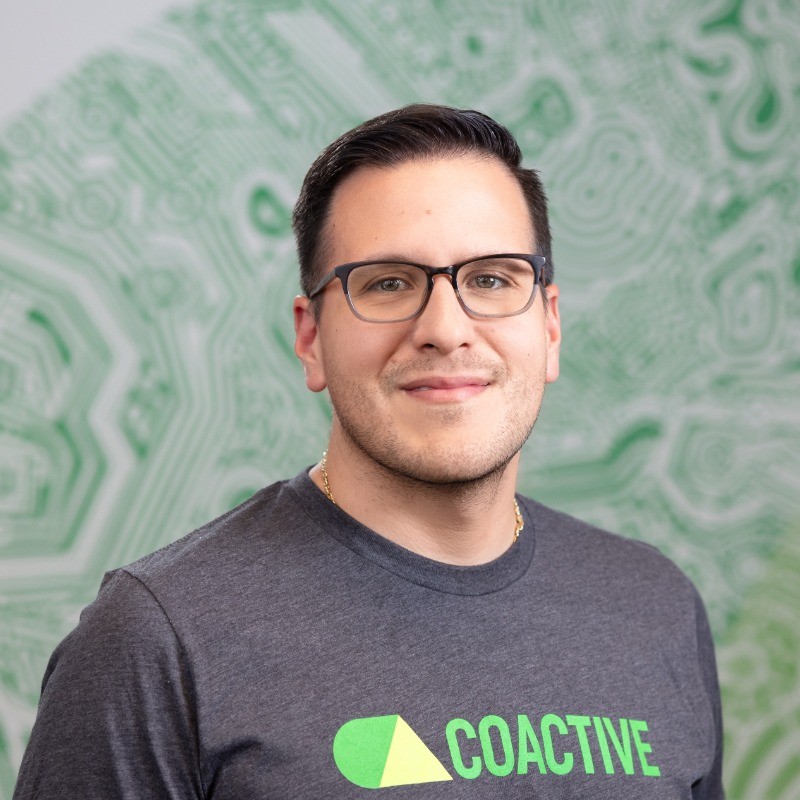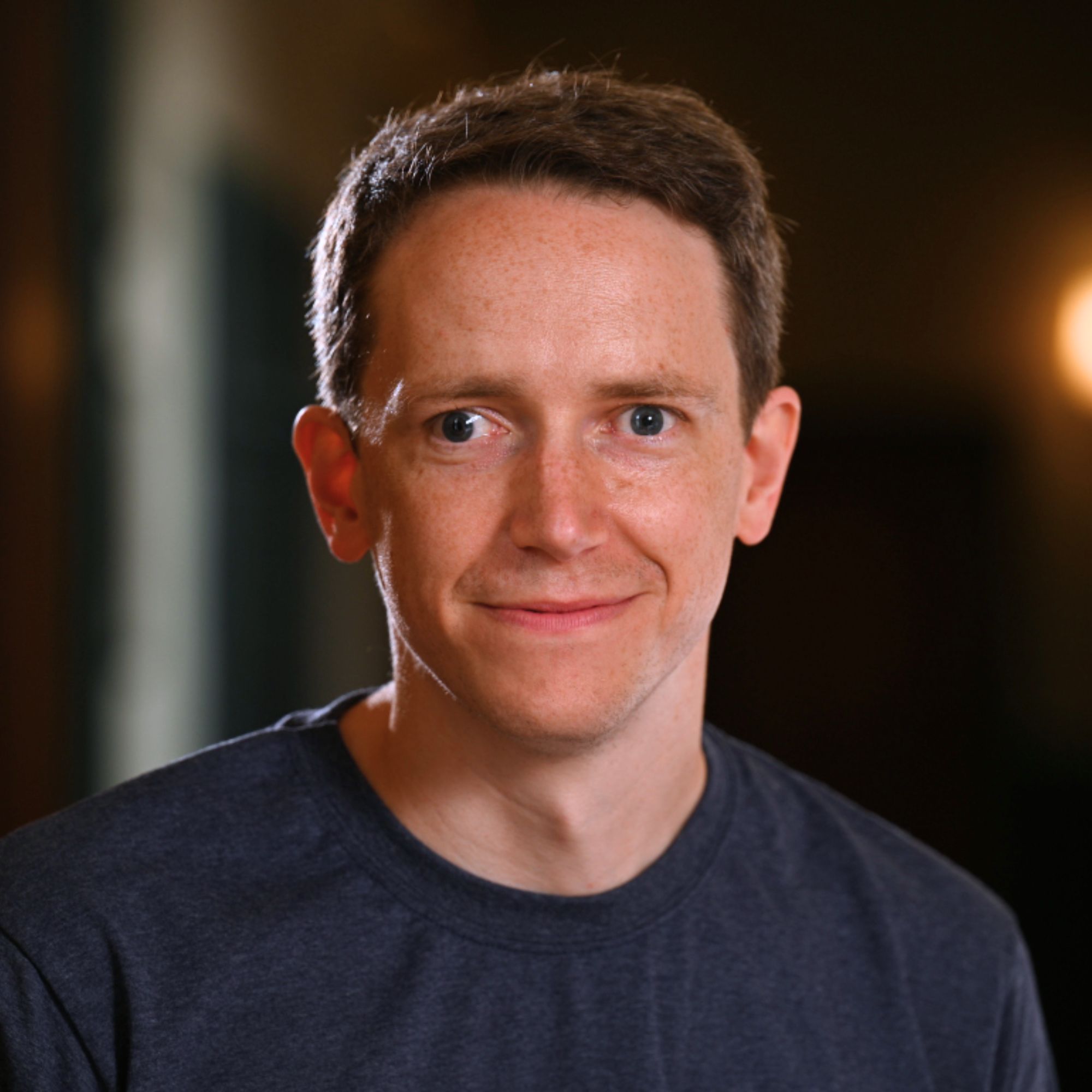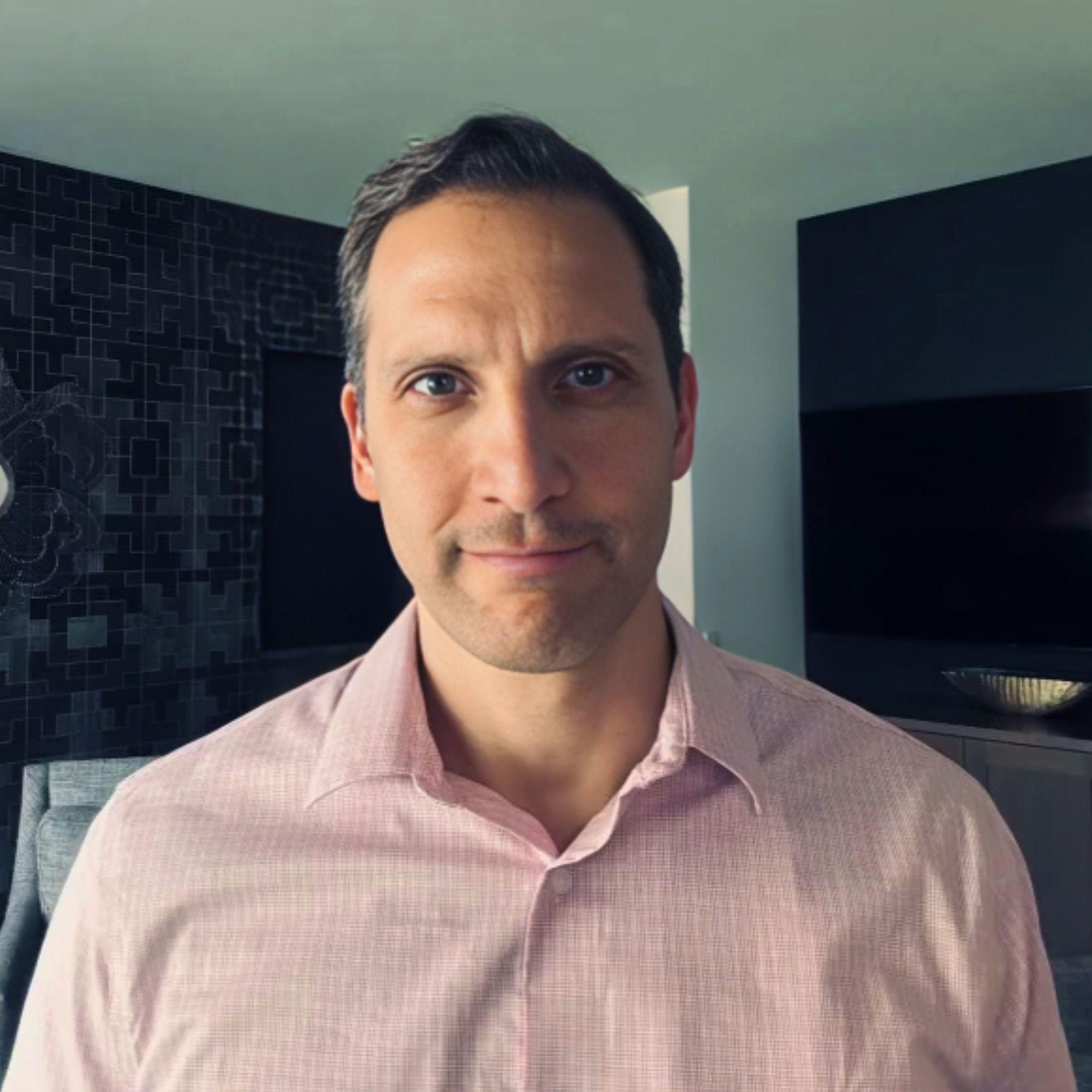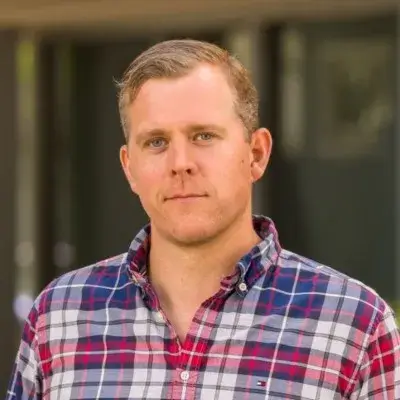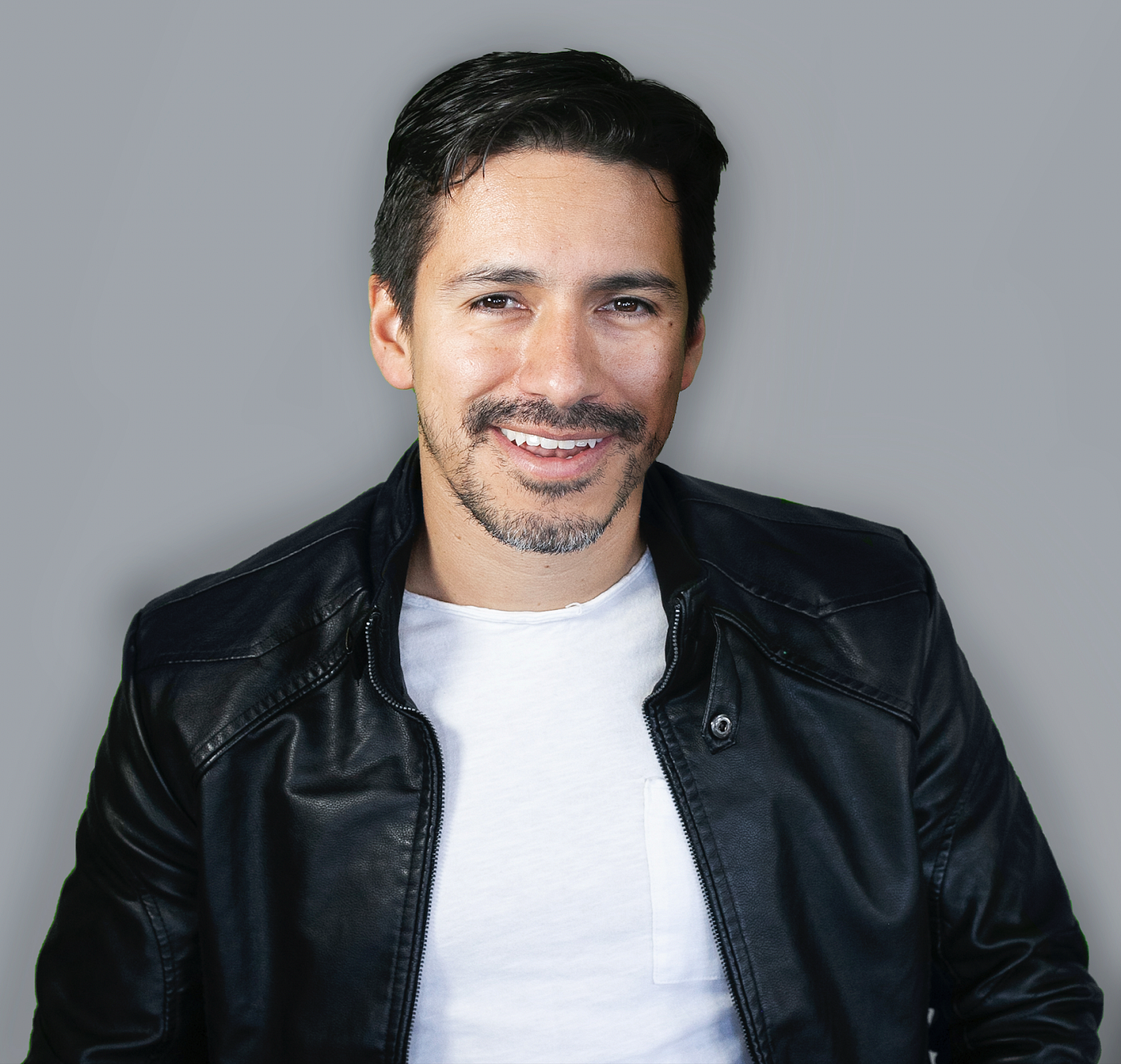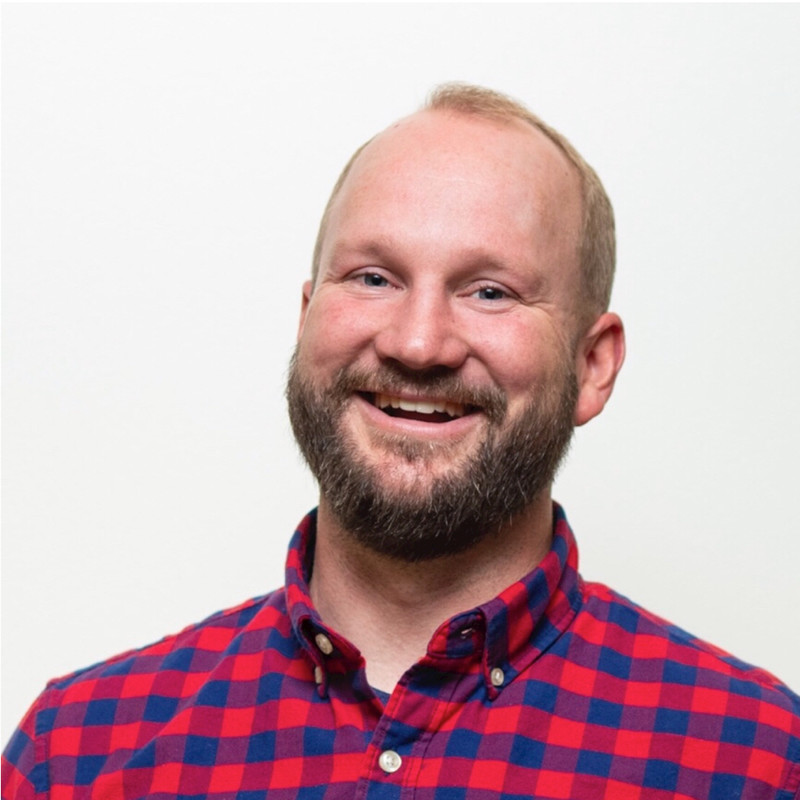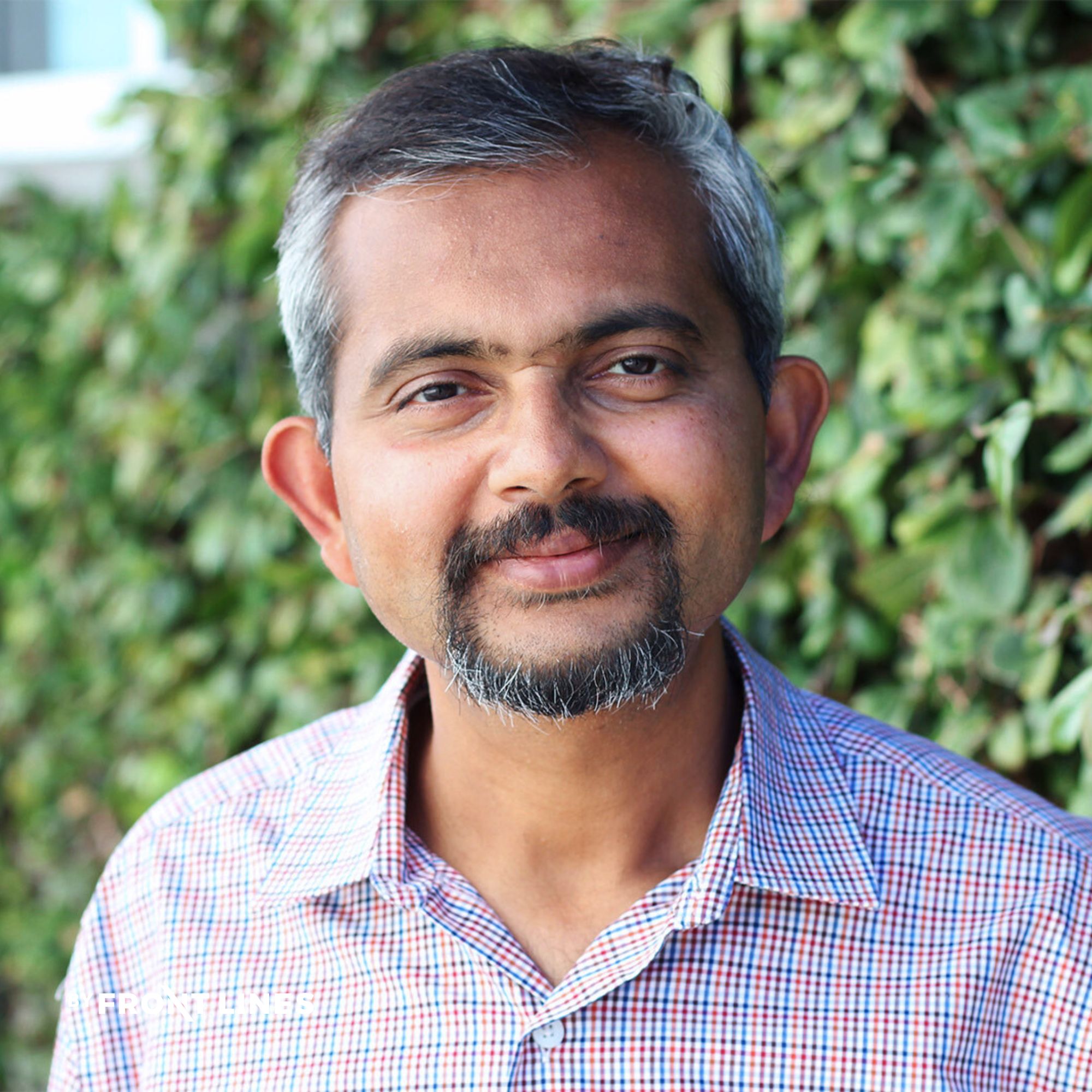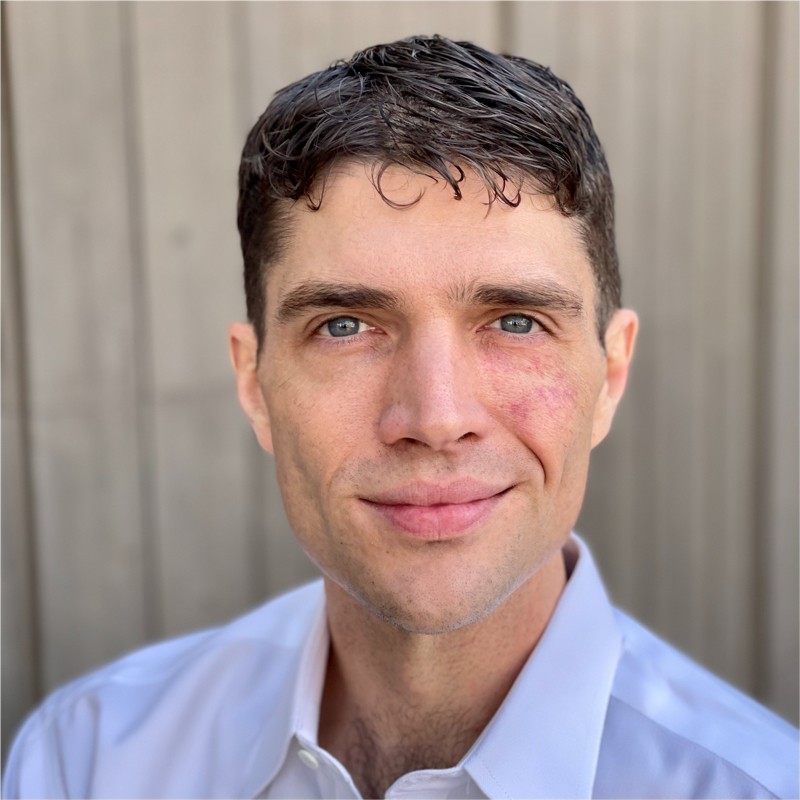Ready to launch your own podcast? Book a strategy call.
Frontlines.io | Where B2B Founders Talk GTM.
Strategic Communications Advisory For Visionary Founders
Conversation
Highlights
From Apple Vision Pro to AI Safety: How Openlayer’s Founder Turned Internal Frustration into Product Vision
Sometimes the best startup ideas come from the most frustrating experiences. For Gabriel Bayomi, CEO of Openlayer, that moment came while working on one of Apple’s most secretive projects – the Apple Vision Pro.
“I was working with machine learning and AI, more specifically, I was working on the Apple Vision Pro for a long time,” Gabriel shares in a recent episode of Category Visionaries. “I couldn’t even talk about it because it was a secret project.” But it wasn’t the secrecy that sparked his entrepreneurial journey – it was the daily frustration of trying to ensure AI models worked safely and reliably.
The challenge wasn’t in building the models themselves. As Gabriel explains, “Know building models was not the hard part. The hard part was everything around it. How do you test to make sure it’s good and safe? How do you monitor it in production to make sure the performance is as good as you expect?”
This pain point resonated deeply with his colleagues at Apple. When Gabriel approached them asking, “would you like to quit to start something to fix this problem once and for all?” they didn’t hesitate to join him in founding Openlayer.
The founding team’s experience at Apple shaped their initial go-to-market approach. They understood firsthand that while data scientists and ML engineers had sophisticated tools for model development, they were still “using like a Jupyter notebook, they’re just writing out on this very bad infrastructure, trying to make something work.”
Their Y Combinator experience helped refine this vision into an actionable strategy. The accelerator’s famous mantra – “ship code and talk to users” – became their north star. “I think it’s so easy to try to do other things in the early stages,” Gabriel reflects, “try to create a company culture, or try to create this particular, very intricate marketing scheme… but in the very beginning of the journey, when they’re an early stage company, the only thing you need to do, at least in technologies, is to ship code and talk to users.”
This laser focus on execution helped them navigate the complexities of enterprise sales. For their first customers, including eBay, Gabriel and his team learned to overcome what he calls the “good school engineer” syndrome – the reluctance to ask for help. “As a software engineer, if you went to a good school… sometimes people are a little bit scared to ask for help, to ask for that new intro or to ask for what they really want.”
Their breakthrough came when they realized that “becoming a Founder is a very humbling experience because we learned, like, we can’t do this alone, so we need to ask for help.” This mindset shift led them to actively seek introductions, even from people who weren’t yet investors but believed in their vision.
In the rapidly evolving AI landscape, Openlayer has had to stay nimble with their positioning. Rather than using abstract messaging about AI safety, they’ve found success in being direct about their value proposition. “Instead of going to the abstract idea space of like, we make your AI safe, we try to market things more directly. For example, hey, get alerts when your LLM fails,” Gabriel explains.
Looking ahead, Gabriel envisions Openlayer becoming “the guardrail of the AI revolution.” He wants to reach a point where “people think about OpenAI and cohere and all of these companies building these huge models and think like, okay, what’s our Openlayer stack? To be able to mitigate all the issues that are going to come naturally from deploying it.”
This vision stems from a deep understanding of how AI development differs from traditional software development. While software engineers have established tools and practices for ensuring code quality, AI development still lacks these guardrails. Gabriel’s goal is to make AI testing and monitoring as fundamental to development as unit tests are to software engineering – “the way that people think about code and creating tests, unit tests, or CI CD pipelines, they’re going to be thinking the same on AI, but using Openlayer.”
Actionable
Takeaways
Identify Pain Points from Personal Experience:
Gabriel and his team founded Openlayer based on their own frustrations with the lack of tools for testing and monitoring machine learning models. By solving a problem they faced firsthand, they were able to create a product that resonated with other practitioners in the field.
Leverage Investor Intros for Early Customers:
Openlayer secured its first paying customers, including eBay, through introductions from investors and supporters. Don't be afraid to ask for help and connections, even from those who haven't yet invested in your company.
Adapt to Market Shifts:
As the AI landscape rapidly evolved with the rise of generative AI and LLMs, Openlayer quickly pivoted to address the new challenges and opportunities in this space. Founders must be agile and responsive to changing market conditions.
Focus on Specific, Tangible Benefits:
When marketing in a crowded space, emphasize the direct, concrete value your product provides rather than relying on abstract promises. Clearly communicate how you solve specific pain points for your target users.
Prioritize User Love Over Vanity Metrics:
In the early stages, focus on building a product that users truly love and find indispensable. Revenue and other metrics will follow if you create something that genuinely resonates with your target audience.
